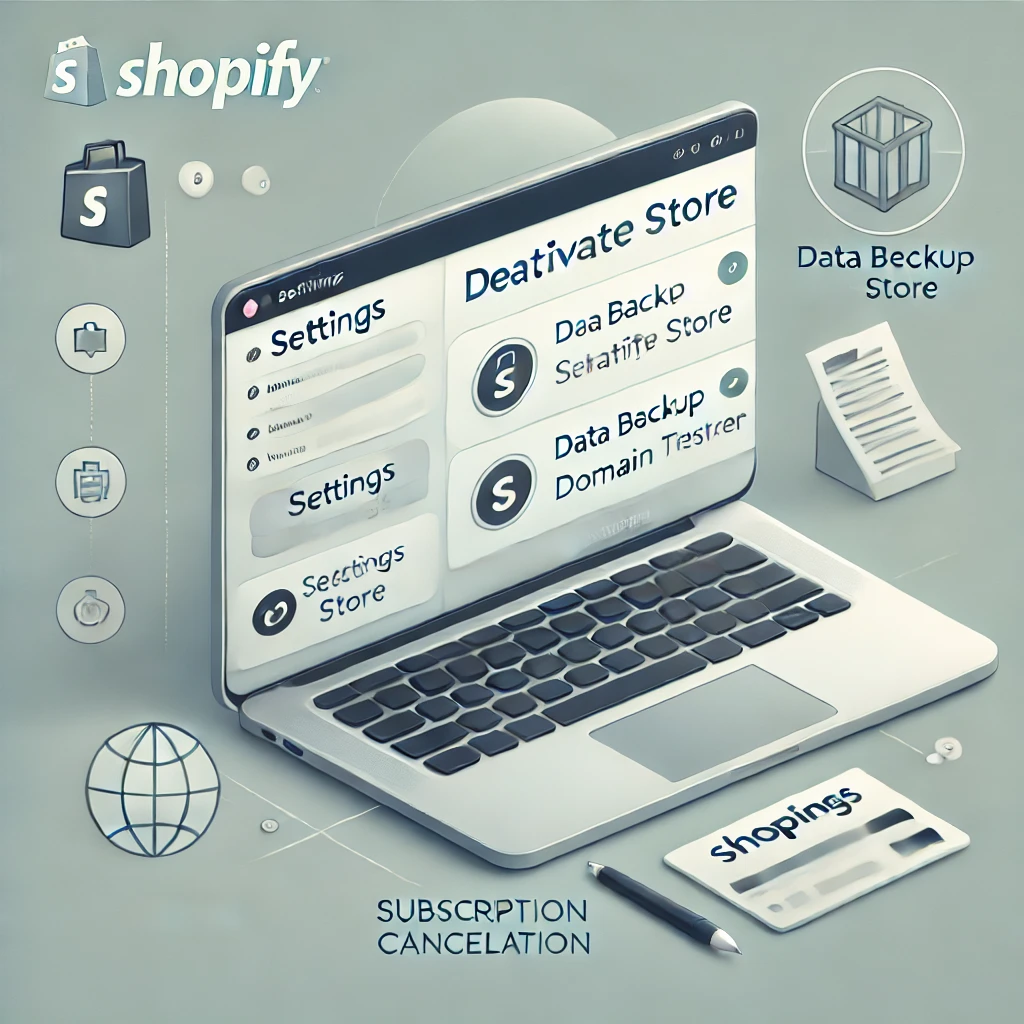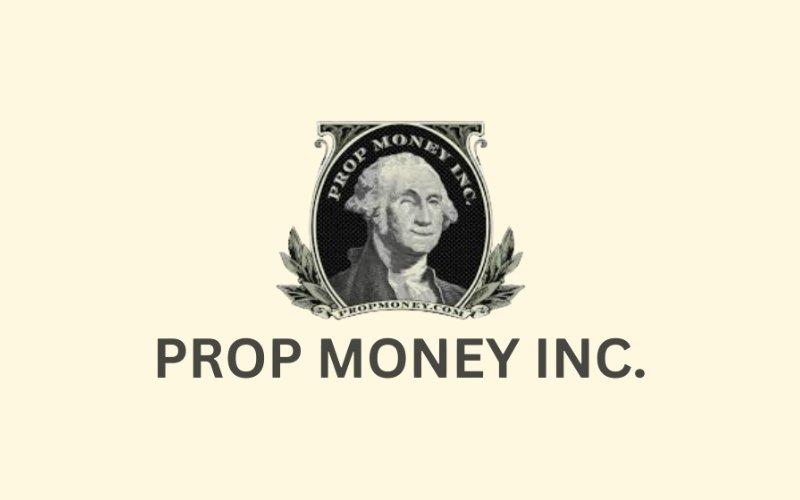What Is MyShopify? Everything You Need to Know (2025)
Understanding MyShopify
Definition and Purpose of MyShopify
MyShopify is a unique subdomain that Shopify automatically assigns to every new store created on its platform. This subdomain follows the format yourstorename.myshopify.com and serves as the default address for your online store before you purchase a custom domain. MyShopify subdomains are primarily used for administrative purposes, allowing store owners to log in, configure settings, and manage their eCommerce operations.
While Shopify enables users to run a fully functional online business using the MyShopify subdomain, it is highly recommended that store owners transition to a custom domain to establish credibility and build a professional brand identity.
How MyShopify Differs from Shopify
Many people mistakenly believe that MyShopify is a separate platform from Shopify, but in reality, MyShopify is simply a part of Shopify’s ecosystem. Shopify is the broader eCommerce platform that allows businesses to create and manage online stores, whereas MyShopify is just the subdomain provided to new users. Store owners can run their business entirely using the MyShopify subdomain, but for better branding and trust, they often choose to connect a custom domain (e.g., yourbrand.com).

Setting Up Your MyShopify Store
Creating a MyShopify Account
To get started with a Shopify store, follow these steps:
- Visit Shopify’s official website – Go to Shopify.com and click “Start Free Trial.”
- Sign up with an email address – Provide your email, password, and store name.
- Receive your MyShopify URL – Shopify automatically assigns a unique MyShopify subdomain (e.g., yourstorename.myshopify.com).
- Access your dashboard – Log into your store admin panel and start customizing your store by adding products, setting up payment gateways, and designing your storefront.
Customizing Your MyShopify Subdomain
One key thing to note is that your MyShopify subdomain is permanent and cannot be changed after setup. However, you can purchase and connect a custom domain through Shopify or third-party domain providers like GoDaddy, Namecheap, or Google Domains. This transition improves brand perception and makes your store look more professional.
Transitioning to a Custom Domain
To connect a custom domain to your MyShopify store:
- Go to your Shopify Admin Dashboard and click on “Settings.”
- Select “Domains” and choose “Connect existing domain” if you already own one, or purchase a domain through Shopify.
- Follow the DNS setup instructions provided by Shopify to point your domain to your store.
- Verify the connection and make sure your new domain is working correctly.
Once connected, customers will see your branded domain instead of the MyShopify subdomain.
Pros and Cons of Using a MyShopify Subdomain
Advantages of MyShopify Subdomains
- Quick and Easy Setup – No need for additional configurations; Shopify automatically provides the subdomain.
- Free with Shopify Subscription – Unlike custom domains that require purchase, MyShopify subdomains come at no extra cost.
- Permanent Backend Access – Even after adding a custom domain, your MyShopify subdomain remains active for administrative use.
Potential Drawbacks and Considerations
- Unprofessional Appearance – Customers may hesitate to trust a store using a MyShopify subdomain.
- Limited SEO Benefits – Custom domains typically perform better in search rankings than subdomains.
- Lower Brand Recognition – A MyShopify URL doesn’t reinforce your brand identity as effectively as a dedicated domain.
Security and Legitimacy of MyShopify Stores
Is MyShopify Legitimate?
Yes, MyShopify domains are fully legitimate and powered by Shopify, one of the most trusted eCommerce platforms globally. However, because MyShopify subdomains can be used by anyone creating a Shopify store, some fraudulent sellers exploit the platform. Always verify the legitimacy of a store before making a purchase.
Identifying Trustworthy MyShopify Stores
- Check for a custom domain – Reputable businesses usually invest in their own branded domain.
- Look for contact information – Genuine stores provide customer support details.
- Verify social proof – Check customer reviews, social media presence, and third-party ratings.
Tips to Avoid Scams on MyShopify Platforms
- Avoid stores with unrealistic discounts or vague policies.
- Check refund and return policies before purchasing.
- Use secure payment methods like PayPal or credit cards for buyer protection.
Enhancing Your MyShopify Store's Professionalism
Importance of Custom Domains
A custom domain builds credibility and improves brand recognition. It also signals trust to potential customers, reducing cart abandonment rates.
Building Brand Credibility
A professional store should feature:
- A branded domain name.
- Secure checkout with SSL encryption.
- Customer reviews and testimonials.
SEO Implications of Using Subdomains
Google generally favors custom domains over subdomains in search rankings. If you want better visibility in search engines, migrating to a custom domain is highly recommended.
Get the Best Deals on Shopify Plugins & Tools at DealzDetective.com
At DealzDetective.com, we help eCommerce entrepreneurs find the best Shopify deals, discounts, and exclusive coupon codes. Whether you need top-rated Shopify plugins, premium themes, or marketing tools, we have verified offers to help you save money and grow your business.
🔍 Browse the latest Shopify deals now: Visit DealzDetective.com
FAQ
1. Can I remove MyShopify from my URL?
No, you cannot remove “MyShopify” from your store’s default URL (e.g., yourstore.myshopify.com). However, you can connect a custom domain (e.g., yourstore.com) to hide the MyShopify URL from customers. This makes your store look more professional and improves branding.
2. Do customers see the MyShopify domain?
If you have a custom domain connected, your customers will not see the MyShopify URL. They will only see your branded domain when they visit your store. However, if you don’t connect a custom domain, your store will continue to display as yourstore.myshopify.com in the address bar.
3. Is it necessary to get a custom domain?
No, it’s not mandatory, but it is highly recommended for several reasons:
- Branding – A custom domain makes your store look more professional and credible.
- SEO Benefits – Custom domains help improve search engine rankings, making it easier for customers to find your store.
- Customer Trust – Shoppers are more likely to trust a store with a clean, professional domain.
4. How do I add a custom domain to my Shopify store?
You can purchase a custom domain directly through Shopify or from a third-party provider like GoDaddy, Namecheap, or Google Domains. After purchasing a domain, you can connect it to Shopify through the Domains section in your Shopify admin panel.
5. What happens if I don’t buy a custom domain?
Your store will remain accessible through the default yourstore.myshopify.com domain. This won’t affect functionality, but it might impact your store’s credibility and SEO performance.
6. Can I change my MyShopify subdomain?
No, once you create your Shopify store, your MyShopify subdomain (yourstore.myshopify.com) is permanent and cannot be changed. If you want a different store name, you’ll need to create a new Shopify account with a new subdomain.
















